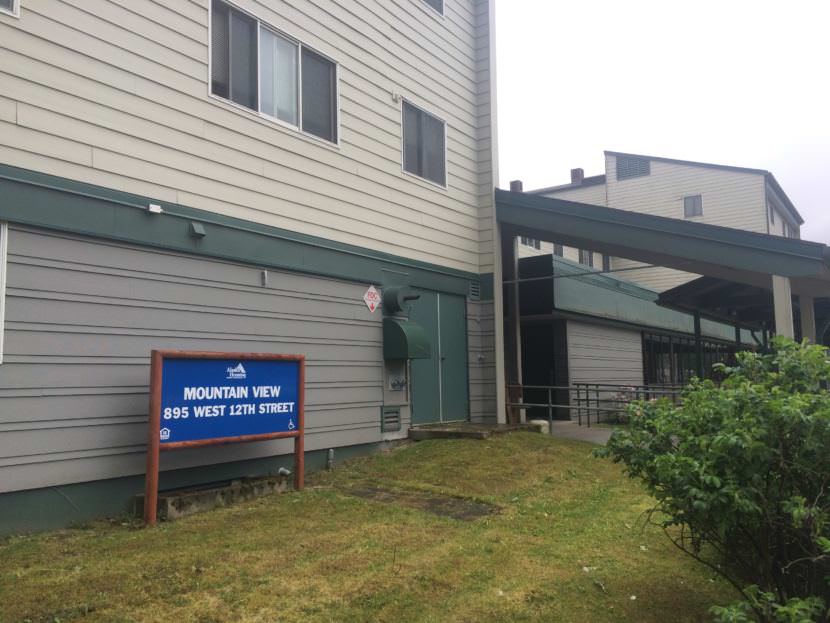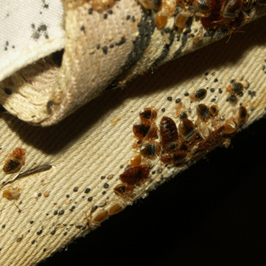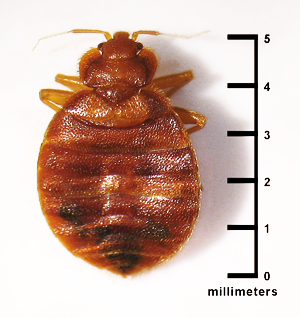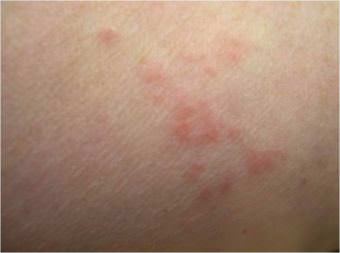
Over a third of the units in a downtown Juneau apartment building are being treated for bed bugs.
Managers of the Mountain View Apartments on West 12th Street noticed the pests in some units earlier this month.
“In 2008, we had a similar kind of outbreak,” said Corry Isabell, the Juneau Family Investment Center manager with the Alaska Housing Finance Corporation, which operates the apartment building. “It doesn’t happen overnight. It’s a build up.”

Isabell said there’s a good amount of changeover in the clientele at Mountain View.
“We probably turn 20 units a year,” she said. “So, a third new clients every year, and keeping everybody educated, aware of the situation, acting aggressively on what they bring into their homes is always a challenge.”
Isabell said they hired a Seattle pest control company and their K-9 unit sniffed out the common areas and all 270 residential units in their Juneau facilities.
Isabell said bed bugs were found in 25 of the 62 units for fixed- or low-income clients at Mountain View Apartments.
The pests were also found in five other units in other of the corporation’s buildings.
“They’re all over,” said Mariah Jerman, an environmental program specialist focusing on pesticides in the Department of Environmental Conservation’s Division of Environmental Health. “We’re a very transient state. They travel all over the place.”
Jerman said bed bugs are non-discriminatory.
“They are called the hitchhiker bug because they will latch onto anybody if the opportunity is right, and they can follow us anywhere,” she said. “It doesn’t have anything to do with economic class, cleanliness. Although, it can be harder to eradicate if the environment is very cluttered.”

Bed bugs need blood — usually human blood — to grow and advance through each of the half-dozen stages in their life cycle, culminating with the final egg-laying stage.
At that point, they’re about the size of an apple seed.
Jerman said bed bugs can be found hitchhiking on clothing and furniture.
“Often times, if they come from an infested location, they might end up say on the street with a free sign,” Jerman said. “That free sign, people like — ‘oh, hey, free couch’ — they’ll take it home and there will be eggs inside of it. Then, they just spread that way. That’s how apartment buildings will often get them, used furnishings that have them inside.”
Furniture can be vacuumed, heat treated or wiped down with a solution, but Jerman advises against blowing or splashing off the eggs.
Clothes can be treated by placing into a dryer at high heat for 40 minutes.

Bed bugs can leave itchy bite marks on human skin, but that’s about it. Unlike mosquitos, they are not known to transmit any diseases. Still, Jerman warns against excessively scratching any bites to avoid infection.
In addition to cautions about bringing home second-hand furniture, Isabell said they’re also encouraging Mountain View Apartments’ residents to police themselves and question guests who may be sneaking into the building.
Isabell said they’re starting the month-long process of heat-treating units at the building. False walls with plastic sheeting will be used to seal off hallway sections. Portable heaters will increase the temperature to 140 degrees to kill the bugs and their eggs.
Before heat treatments, maintenance staff will seal off any cracks or openings in rooms to prevent the bugs’ escape.
“Some people are not going to be prepared when they are supposed to be treated,” Isabell said. “Other people are going to be prepared early. And so the schedule will flex. The goal will be to have it all done by the end of July.”
Residents cannot remain in their rooms during the nine-hour heat treatment. They can wait in the building’s common room that is free from bed bugs, but which has been recently closed to the public to prevent the spread of any potential infestation.
You can find more information about bed bugs at the Alaska Department of Environmental Conservation and the U.S. Environmental Protection Agency.
